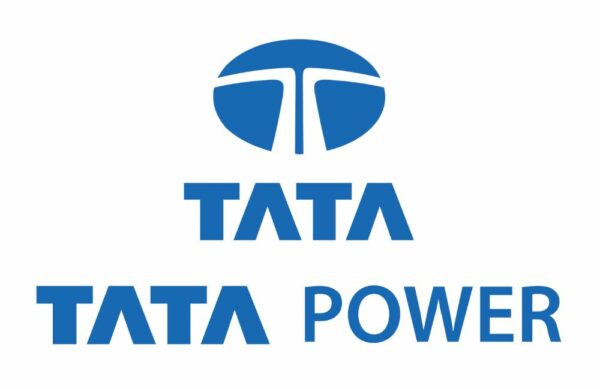Power Outage Preparation
Power outages caused by extreme weather disrupt hospitals, transportation systems, and other essential operations. Understand where and when distribution grids may be comprised to better prioritize resources and emergency preparedness.
Severe weather is the single leading cause of power outages in the United States, costing the U.S. economy $150 billion annually.
Station #1
Station #2
Insight In this Dashboard
severity - 4 extreme
Monitor Conditions: Heavy Snow
Infrastructure damage may occur due to heavy snow accumulating. Prepare staff and equipment accordingly.
severity - 4 extreme
High Outage Risk: Lightning & Thunder
High risk for outage, staff accordingly. Monitor lightning activity, motion, directionality and speed 15 and 30 minutes into the future, based on distance from location.
severity - 4 extreme
Power Outage Risk: Possible Flash Flooding
High risk for an outage. Staff accordingly. Avoid unnecessary maintenance and stay out of electricity's path in wet areas. Flash flooding is possible.
severity - 1 minor
Power Lines At Risk: Winds and Tree Motion
Wind speeds are causing trees to slightly sway. This is currently a minor risk as tree branches are unlikely to break.
severity - 2 moderate
Power Outage Risk: Heavy Winds and Tree Motion
Wind speeds will cause trees to be in motion and will make it difficult to send teams to fix affected power lines.
severity - 3 sever
Power Outage Risk: Winds and Tree Damage
Winds may cause tree branches and limbs to break, putting power lines in danger.
severity - 3 sever
Power Outage Risk: Heavy Winds and Structural Damage
Heavy winds pose a serious threat to power lines and some structural damage may occur (i.e broken windows).
severity - 4 extreme
Uprooted Tree Damage: Heavy Winds
Winds are strong enough to uproot trees, putting power lines in danger.
severity - 4 extreme
Power Outage Expected: Extreme Winds
Winds have surpassed normal thresholds and a power outage is extremely likely.

